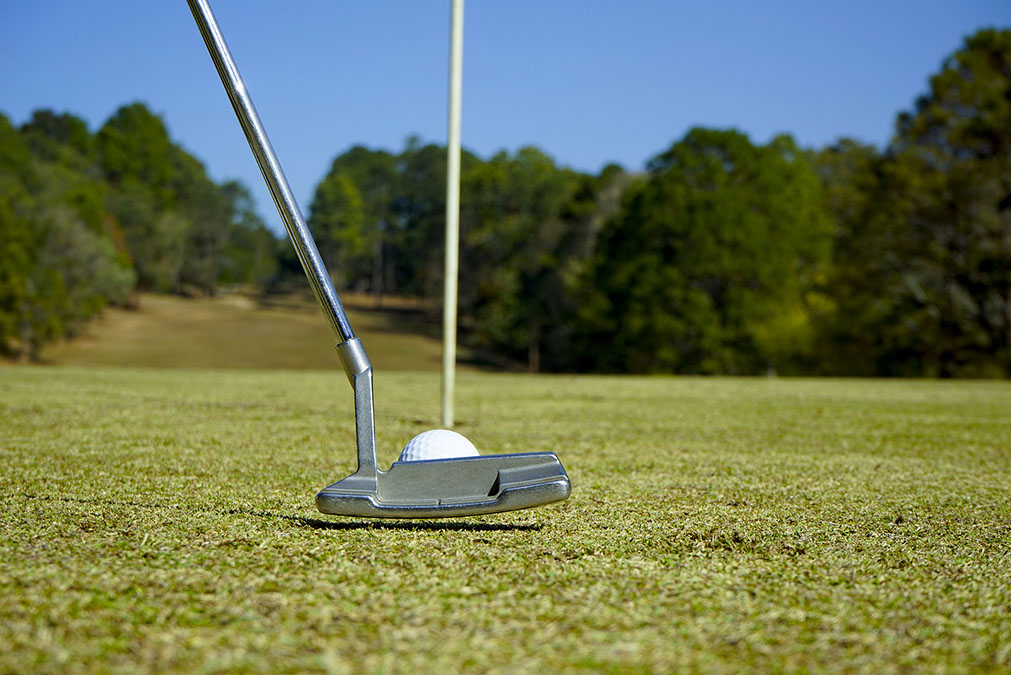 Many arthritis sufferers don’t want to exercise or even move around because their joints are already painful, and movement hurts.
Many arthritis sufferers don’t want to exercise or even move around because their joints are already painful, and movement hurts.
Fortunately, a study published in the Journal of Science and Medicine in Sport just revealed a gentle activity that relieves arthritis pain.
Best of all, this activity is so much fun that many of those who start doing it become absolutely hooked on it and can hardly stop.
Led by researchers at the University of South Australia’s Alliance for Research in Exercise, Nutrition, and Activity, the study started from the discovery that osteoarthritis affected more than two million Australians, causing joint pain and stiffness, most commonly in the hands, neck, lower back, knees, or hips.
It contributes to a lower likelihood of adhering to physical exercise guidelines and is the leading cause of chronic pain and the second most common cause of disability.
Worst of all, it is chronic and degenerative, and the pain worsens over time.
The study involved surveying 459 Australian golfers to understand their state of psychological distress, health status, physical activity, and osteoarthritis. The results were compared with a much larger sample of the general Australian population (16,370 people) from the Australian Health Survey.
The researchers also made comparisons between 128 golfers who had osteoarthritis and 2,216 non-golfers with the same condition. The analysis controlled for age, sex, education, and smoking status to ensure that none of these interfered with the findings.
These were their discoveries.
-
1. On average, the golfers reported lower psychological distress levels than the general population, who reported moderate distress levels.
2. The rate of high to very high levels of psychological distress was nearly three times greater in non-golfers (22%) than in golfers with osteoarthritis (8%).
3. Golfers with osteoarthritis were more active than their fellow osteoarthritis sufferers who did not play golf.
4. The golfers with arthritis reported better overall health than a sample of the general population with the same condition did.
5. 91% of golf players with osteoarthritis rated their overall health as good, very good, or excellent, compared to only 64% of the general population.
Why is golf so good for arthritis patients, even though it seems to involve so little real exercise compared with, for example, running or cycling?
First, golf actually does encourage physical activity because of the significant amount of walking involved. Golfers often walk eight to ten kilometers per round and thus regularly meet or exceed recommended physical activity targets.
This can help reduce their risks of cardiovascular disease, diabetes, and obesity and improve their metabolic and respiratory health.
Second, golf’s mental health benefits are substantial. The sport plays a crucial role in fostering friendships, contributing to the community, and instilling a sense of belonging, all of which are known contributors to mental health and well-being.

 Overcoming IBD
Overcoming IBD Multiple Sclerosis
Multiple Sclerosis Banishing Bronchitis
Banishing Bronchitis Gum Disease Gone
Gum Disease Gone Overcoming Onychomycosis
Overcoming Onychomycosis Neuropathy No More
Neuropathy No More The Prostate Protocol
The Prostate Protocol Brain Booster
Brain Booster
 Ironbound
Ironbound
 Solution for Shingles
Solution for Shingles
 The Bone Density Solution
The Bone Density Solution
 The Ultimate Healing Protocol
The Ultimate Healing Protocol
 The Parkinson's Protocol
The Parkinson's Protocol
 The Chronic Kidney Disease Solution
The Chronic Kidney Disease Solution
 Overthrowing Anxiety
Overthrowing Anxiety The Fatty Liver Solution
The Fatty Liver Solution The Hypothyroidism Solution
The Hypothyroidism Solution
 The End of Gout
The End of Gout The Blood Pressure Program
The Blood Pressure Program
 The Oxigized Cholesterol Strategy
The Oxigized Cholesterol Strategy
 Stop Snoring And Sleep Apnea Program
Stop Snoring And Sleep Apnea Program
 The Arthritis Strategy
The Arthritis Strategy The Vertigo & Dizziness Program
The Vertigo & Dizziness Program The 3-Step Diabetes Strategy
The 3-Step Diabetes Strategy Hemorrhoids Healing Protocol
Hemorrhoids Healing Protocol The Erectile Dysfunction Master
The Erectile Dysfunction Master Weight Loss Breeze
Weight Loss Breeze The IBS Program
The IBS Program The Insomnia Program
The Insomnia Program The Migraine and Headache Program
The Migraine and Headache Program The Neck Pain Solution
The Neck Pain Solution The Menopause Solution
The Menopause Solution The Ejaculation Master
The Ejaculation Master The TMJ Solution
The TMJ Solution The Acid Reflux Solution
The Acid Reflux Solution The Fibromyalgia Solution
The Fibromyalgia Solution The Psoriasis Strategy
The Psoriasis Strategy